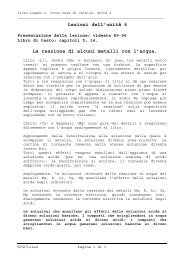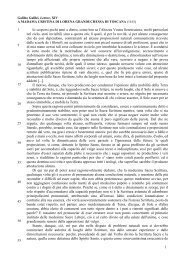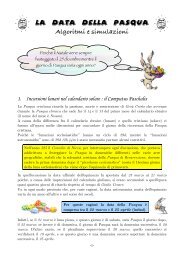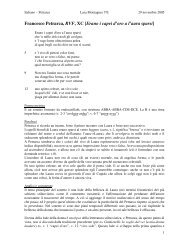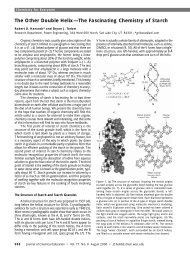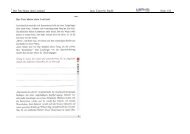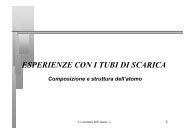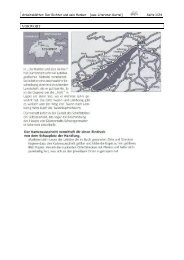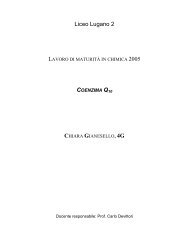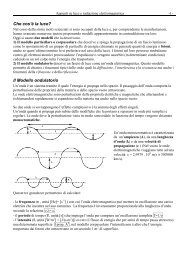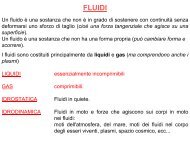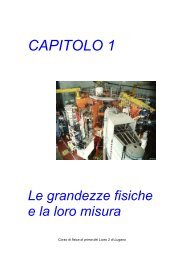6.5 REDUCTION- OXIDATION POTENTIAL (ELECTRODE METHOD)
6.5 REDUCTION- OXIDATION POTENTIAL (ELECTRODE METHOD)
6.5 REDUCTION- OXIDATION POTENTIAL (ELECTRODE METHOD)
You also want an ePaper? Increase the reach of your titles
YUMPU automatically turns print PDFs into web optimized ePapers that Google loves.
REDOX —17Bricker, 1965, p. 65). Methane, bicarbonate, nitrogen gas, sulfate,and dissolved oxygen generally are not in equilibrium withplatinum electrodes (Berner, 1981).TECHNICAL NOTE: Misconceptions regarding the analogybetween Eh (pe) and pH as master variables and limitationson the interpretation of Eh measurements are explainedin Hostettler (1984), Lindberg and Runnells (1984),Thorstenson (1984), and Berner (1981). To summarize:(1) Hydrated electrons do not exist in meaningful concentrationsin most aqueous systems—in contrast, pH representsreal activities of hydrated protons. Eh may be expressedas pe, the negative logarithm of the electron activity,but conversion to pe offers no advantage when dealingwith measured potentials.(2) Do not assume that redox species coexist inequilibrium. Many situations have been documentedin which dissolved oxygen coexists with hydrogensulfide, methane, and ferrous iron.• The practicality of Eh measurements is limited toiron in acidic mine waters and sulfide in waters undergoingsulfate reduction.• Other redox species are not sufficiently electroactiveto establish an equilibrium potential at the surface ofthe conducting electrode.(3) A single redox potential cannot be assigned to adisequilibrium system, nor can it be assigned to a watersample without specifying the particular redox species towhich it refers. Different redox elements (iron, manganese,sulfur, selenium, arsenic) tend not to reach overallequilibrium in most natural water systems; therefore, asingle Eh measurement generally does not represent thesystem.U.S. Geological Survey TWRI Book 9 4/98Reduction-Oxidation Potential (Electrode Method)



